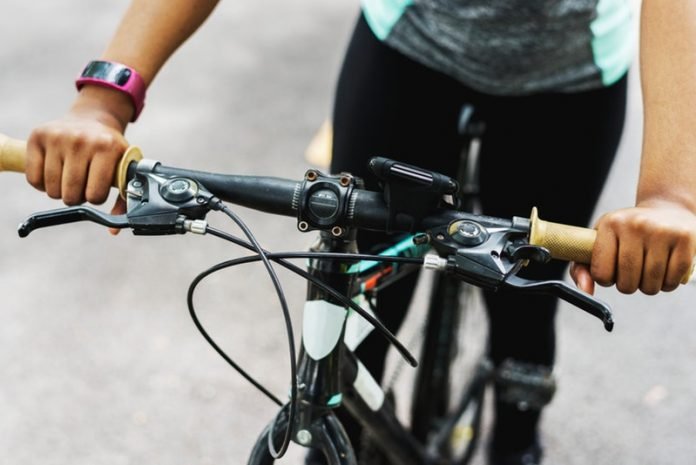
In a new study, researchers found high-intensity cycling is less painful when combined with virtual reality.
The research was conducted by a team from the University of Georgia.
High-intensity interval training is a popular workout that often results in faster fitness and health gains than other types of exercise. However, the intense workout is fatiguing and painful.
Previous studies have shown that exposure to virtual reality—in which people experience a simulated world—can help medical patients, ranging from hospitalized patients to those suffering from chronic back pain, better manage their pain.
In the study, the team examined whether using virtual reality during high-intensity cycling could similarly reduce pain from exercise.
They tested 94 healthy adults without a high likelihood of motion sickness.
All participants donned a virtual reality headset and then completed three 30-second cycling sprints, each followed by four minutes of recovery.
Half of the participants cycled while viewing a dynamically changing cityscape, in which participants felt as if they were interactively cycling through a virtual city.
The other participants, those in the control condition, viewed a non-interactive, static picture of the same cityscape and were asked to mentally imagine cycling through the city while they completed the same cycling workout.
The study found that quadriceps pain intensity in participants who used interactive VR during their cycling was 12-13% lower during the second and third sprints compared to participants in the non-interactive group.
Cycling performance was the same in each condition, indicating that pain relief was not a side effect of reduced cycling performance for those engaging in interactive virtual reality.
The team says the experiment is an important first step in the future of combining exercise and virtual reality.
With continued exploration, this combination may increase adherence to and effectiveness of physical activity for healthy individuals, as well as for those with various hinderances to physical activity.
The lead author of the study is Carly Wender, a doctoral student in the College of Education’s department of kinesiology.
The study is published in Medicine & Science in Sports & Exercise.
Copyright © 2019 Knowridge Science Report. All rights reserved.



